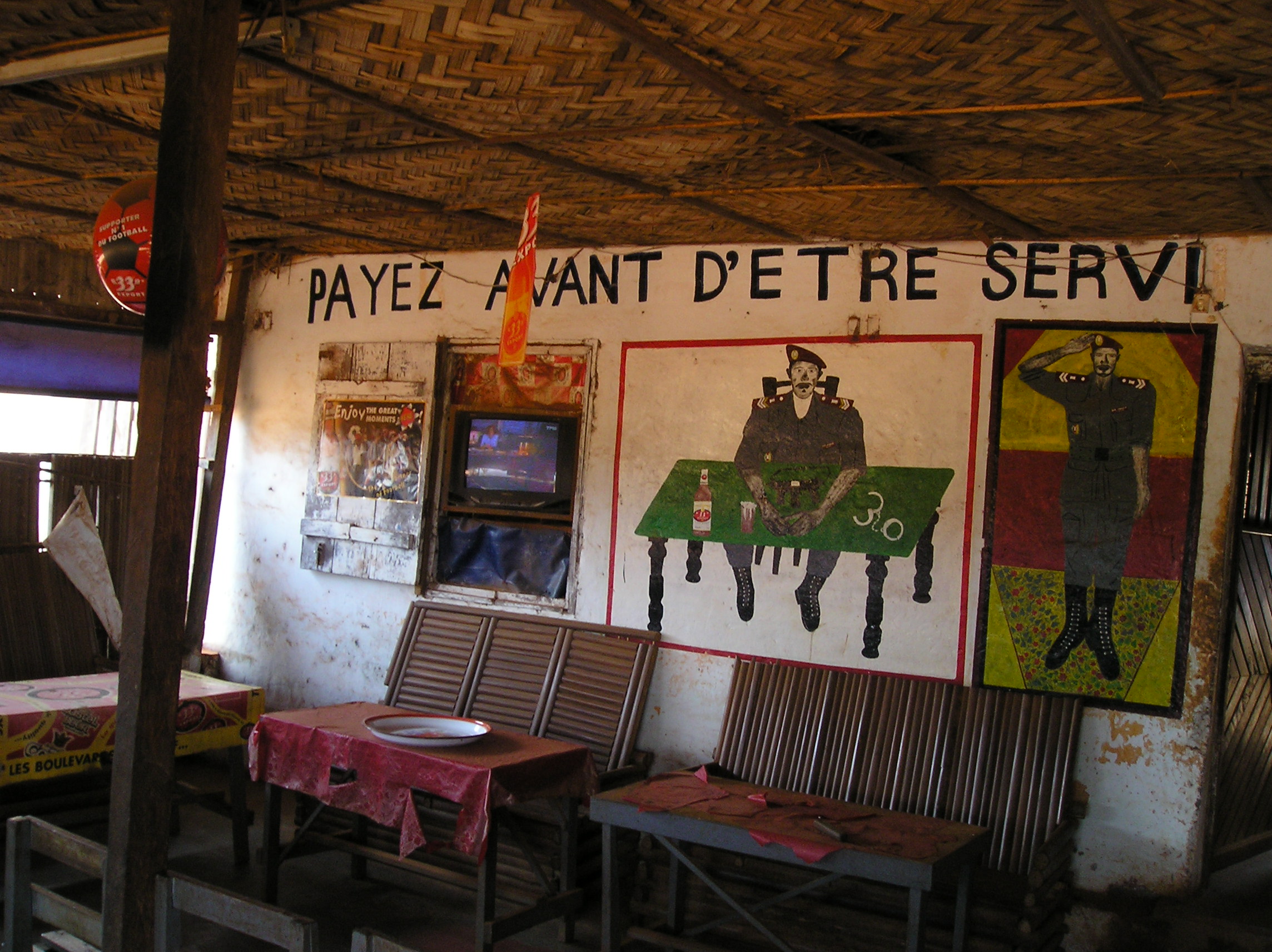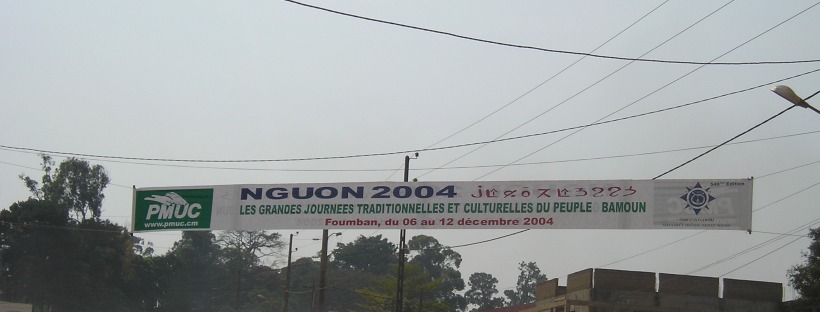In the mind of many, Africa is the oral continent. But Africa hosts some of the earliest writing systems in the world, and has remained a continent prolific in the invention of scripts since the times of hieroglyphs, Meroitic writing, Nubian, Ethiopian and Berber scripts that mark the earliest attestation of writing there.
Today, I look at one of the youngest scripts originating from Africa, the Bamum script of Foumban, a Sultanate in Western Cameroon. Its earliest incarnations go back to 1896, when it was invented by the Sultan Njoya the 17th. Six different versions of the script were developed over the years. The earliest ones were logographic – the signs depicted real-world objects. Later versions turned the Bamum script into a syllabic writing system, in which each sign stands for a syllable of the language. ‘Ideal’ syllabic writing systems should have a different letter for every syllable of the language(s) written with them, which can be a tall order. Most syllabic writing systems stop short of offering a complete inventory of signs.

Many sources state that Njoya developed the Bamum script under the influence of German colonial administrators, as Cameroon was a German colony during the first twenty years of his reign. But newer research has revealed a family of syllabic scripts invented all over Africa in the late 19th century, starting with the Vai script in Liberia. Syllabic scripts went out of fashion from the 1930s onwards, when the Africa alphabet created by linguists of the International Africa Institute became influential through the activities of missionaries, colonial linguists and administrators. Today, the Bamum script is little used, but retains a high symbolic prestige. When I visited Foumban in 2004, I obtained an audience with the current Sultan and his education minister and visited the palace school where it is taught. Currently, it is being documented in the Bamum script and archives project.




If you want to read more about the Bamum script and the family of 19th century syllabaries in Africa, you can read this article:

Thanks for posting!
LikeLiked by 1 person